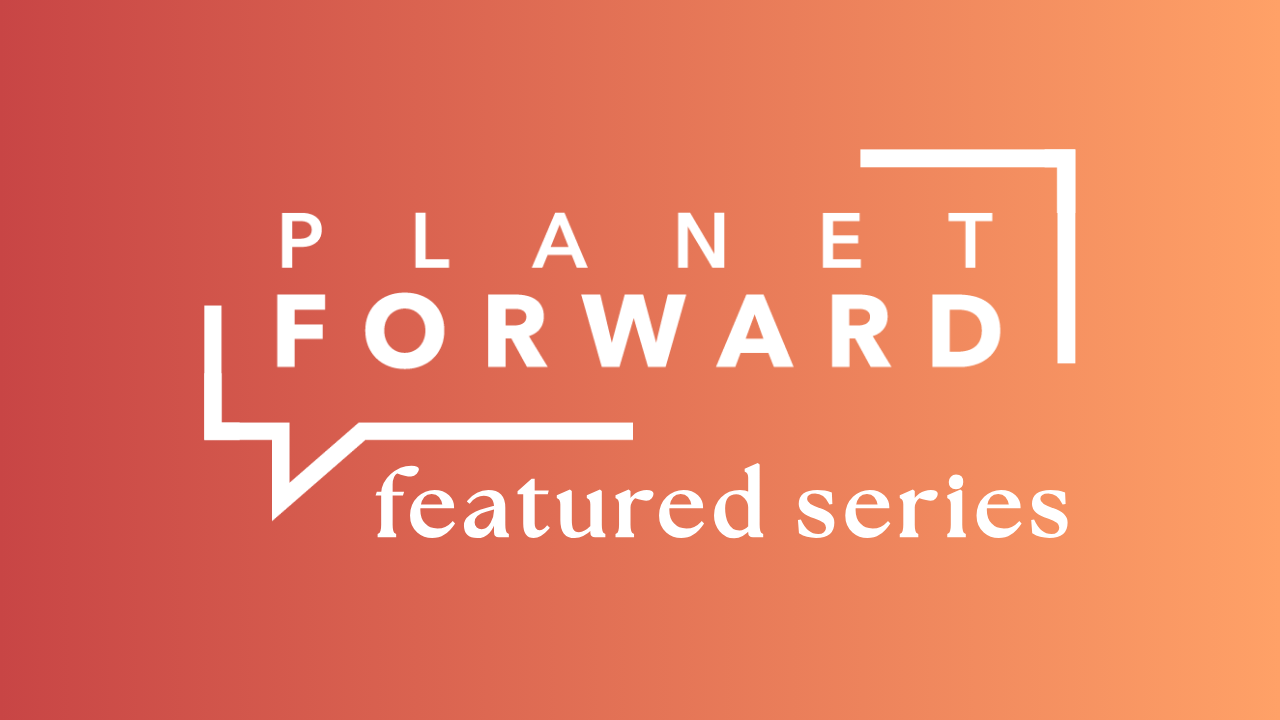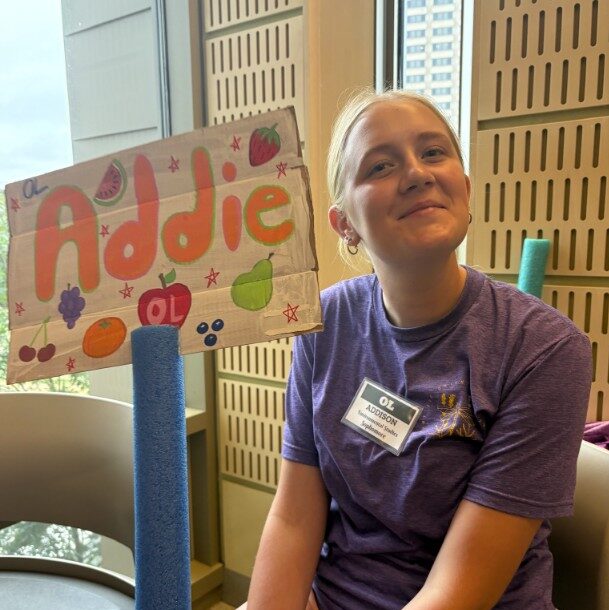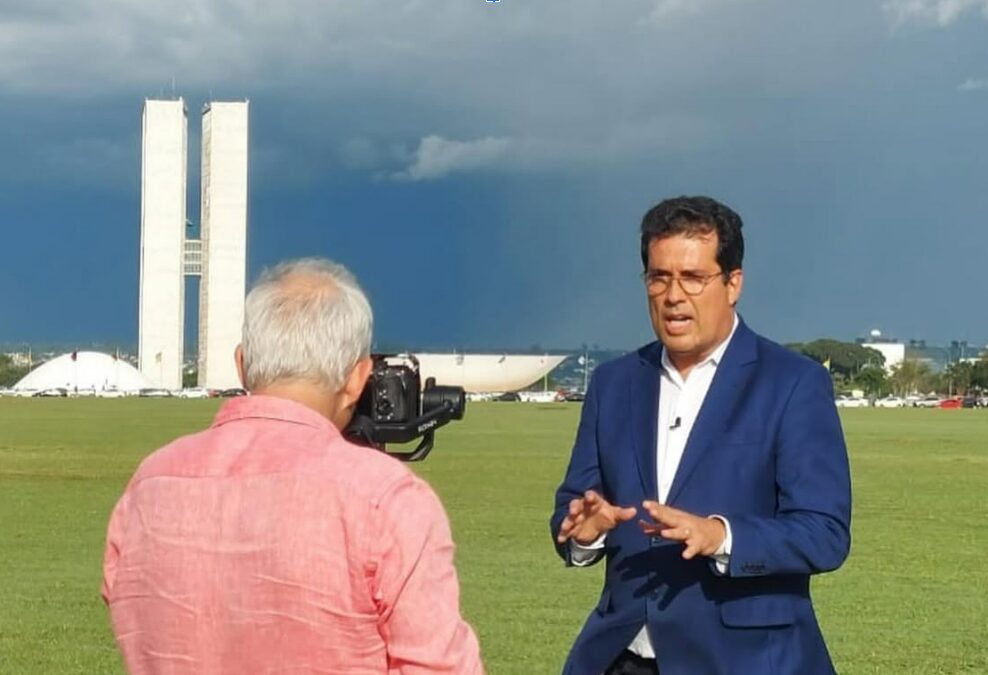The value of public space can not be understated — and it is even considered a key issue of environmental justice — as open public spaces increase the quality of life for all people living in an area.
The undeniable value of public spaces
The value of public space can not be understated. The Asian Pacific Environmental Network defines environmental justice as “the right to a decent, safe, quality of life for all people of all races, incomes, cultures, and environments where we live, work, play, learn, and pray.” Often, we see these things happening in public spaces like libraries, museums, gardens, and parks.

Open public spaces increase the quality of life for all people living in an area and are essential to the development of healthy cities that meet the needs of their people. My project is about the importance of public space to healthy community development, social resilience, and happier people.
Different forms of public space play different roles in each of these, roles like education, accessibility, physical and mental health, activism, and exposure to nature. In his book “Just Sustainabilities,” Julian Agyeman asserts that these spaces are where we encounter other people and cultures, people watch, protest, and engage in acts of revolution (Agyeman, 2013).
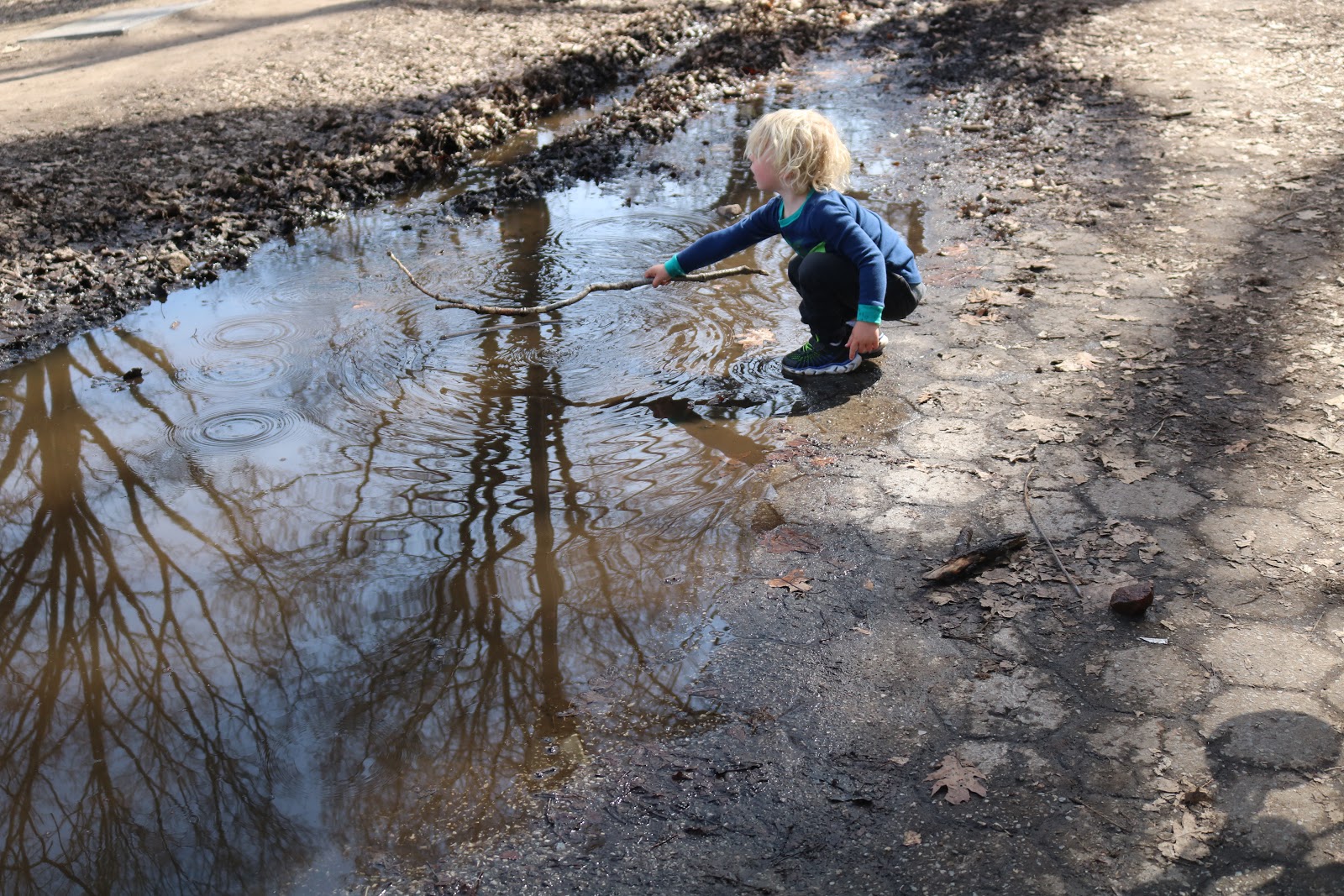
I want to showcase different ways people use public spaces, how that determines the needs of the people living in those communities, and how they contribute to a better quality of life. I believe that this is important in resistance against gentrification in many communities. Developers and real estate companies claim new development projects will draw people into certain neighborhoods and stimulate their economies, but it may not really be what that community needs.
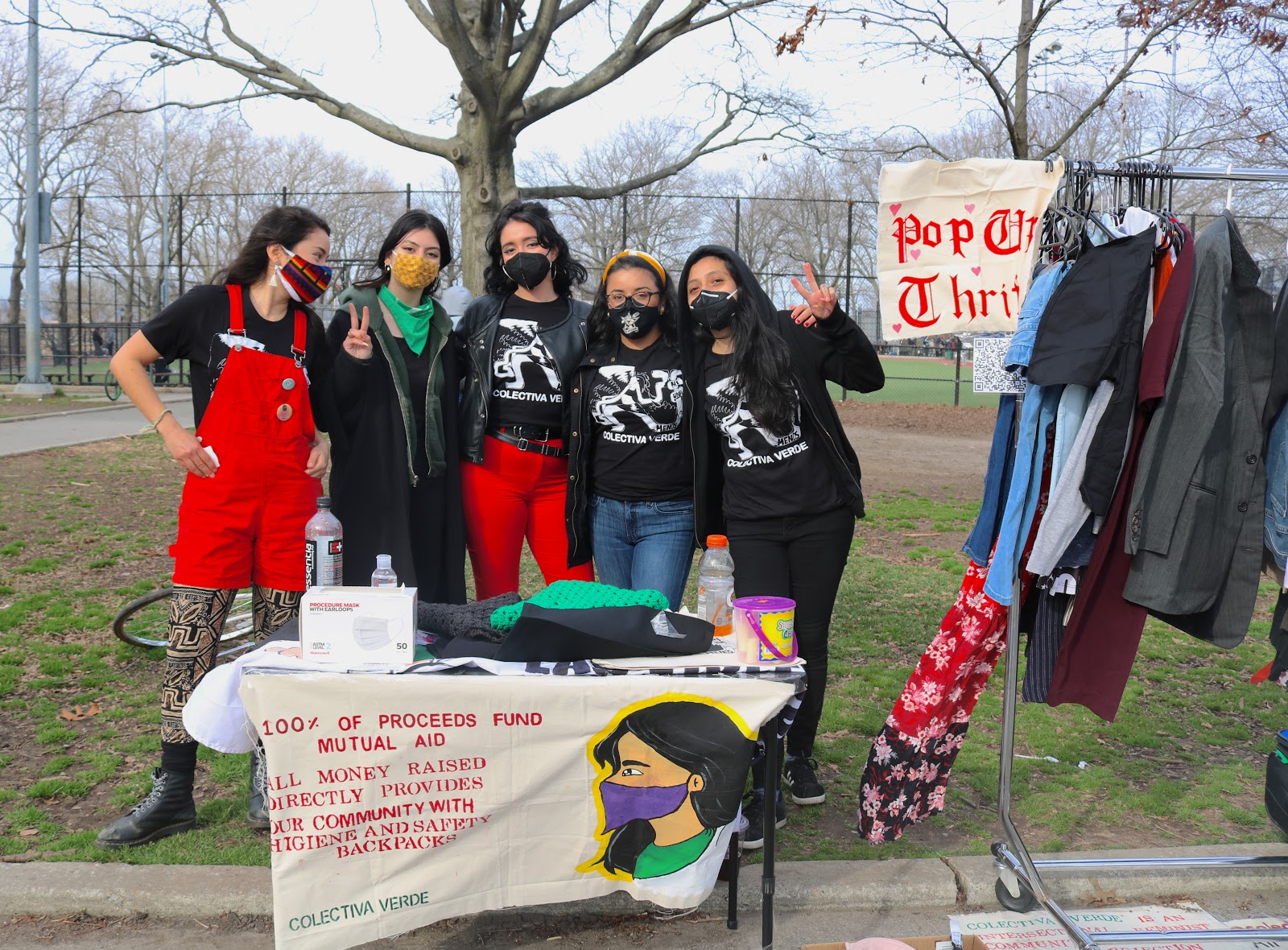
Public parks are undoubtedly valuable to all communities. They encourage physical activity and engagement with elements of nature. They provide spaces for people to exercise, socialize, and just have fun. A neighborhood park may be the closest thing to exposure to nature for people in some communities. It can provide interaction with nature that is not possible in cities. Until coming to Syracuse for college, the small wooded areas of Prospect Park and the beach were the closest I had ever gotten to nature.
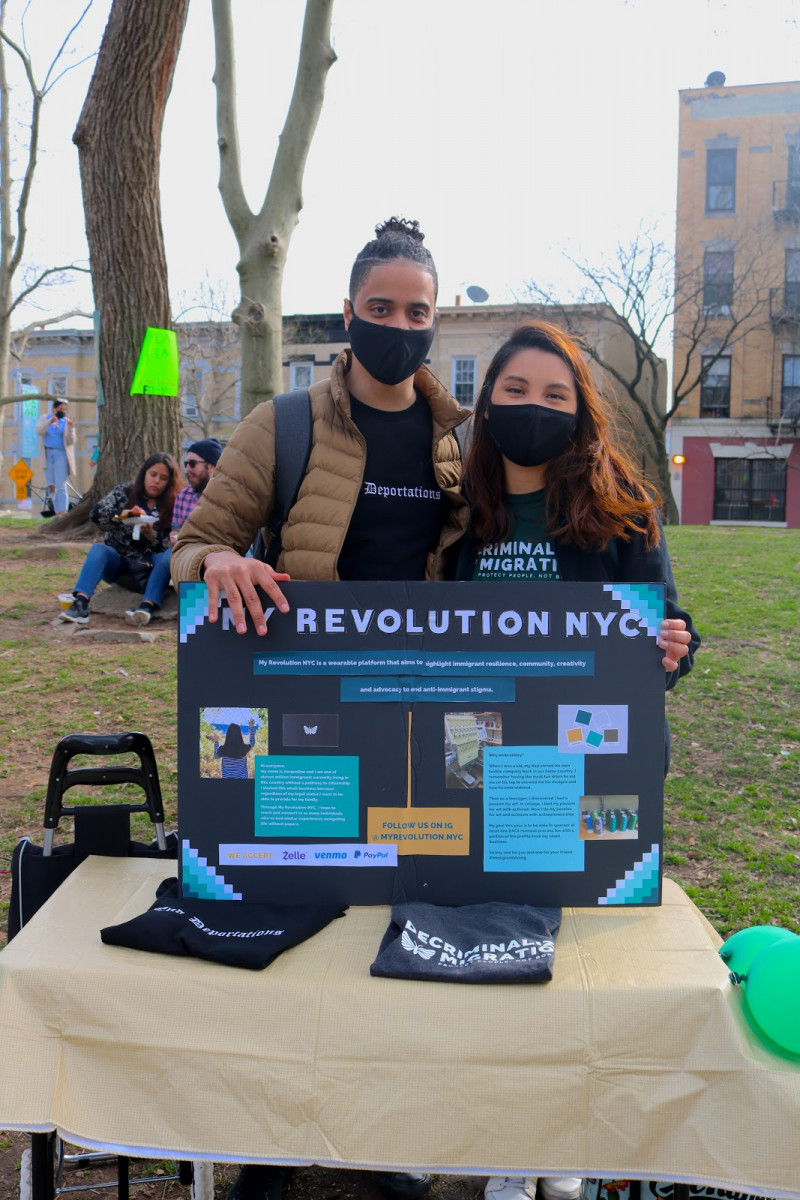
Plazas and squares, throughout history, have been important gathering places for community action and protest. They provide a known location with a large amount of space that helps get people involved, engaged, and centralized.

Public Libraries give people the resources to educate themselves, read for pleasure, and gain access to valuable community programs and events. More indirectly, they provide a heat-controlled, safe indoors for anyone regardless of their demographic. I spent entire summers at my local library trying to escape the summer city heat, where I cultivated a love for reading and made lasting friendships that were particularly valuable for me as an only child.

Both of these spaces, as well as plazas, public museums, and public beaches, can provide invaluable access to nature, physical exercise, essential resources, and connections, places to inspire and host protest and art, all regardless of class, race, and gender. They also offer people exposure to other cultures and their values. Some problems have been observed with certain public spaces increasing gentrification, and a solution for that demands thorough community outreach when designing and building a public space. Additionally, how people use their current public spaces can dictate what people want from public spaces.
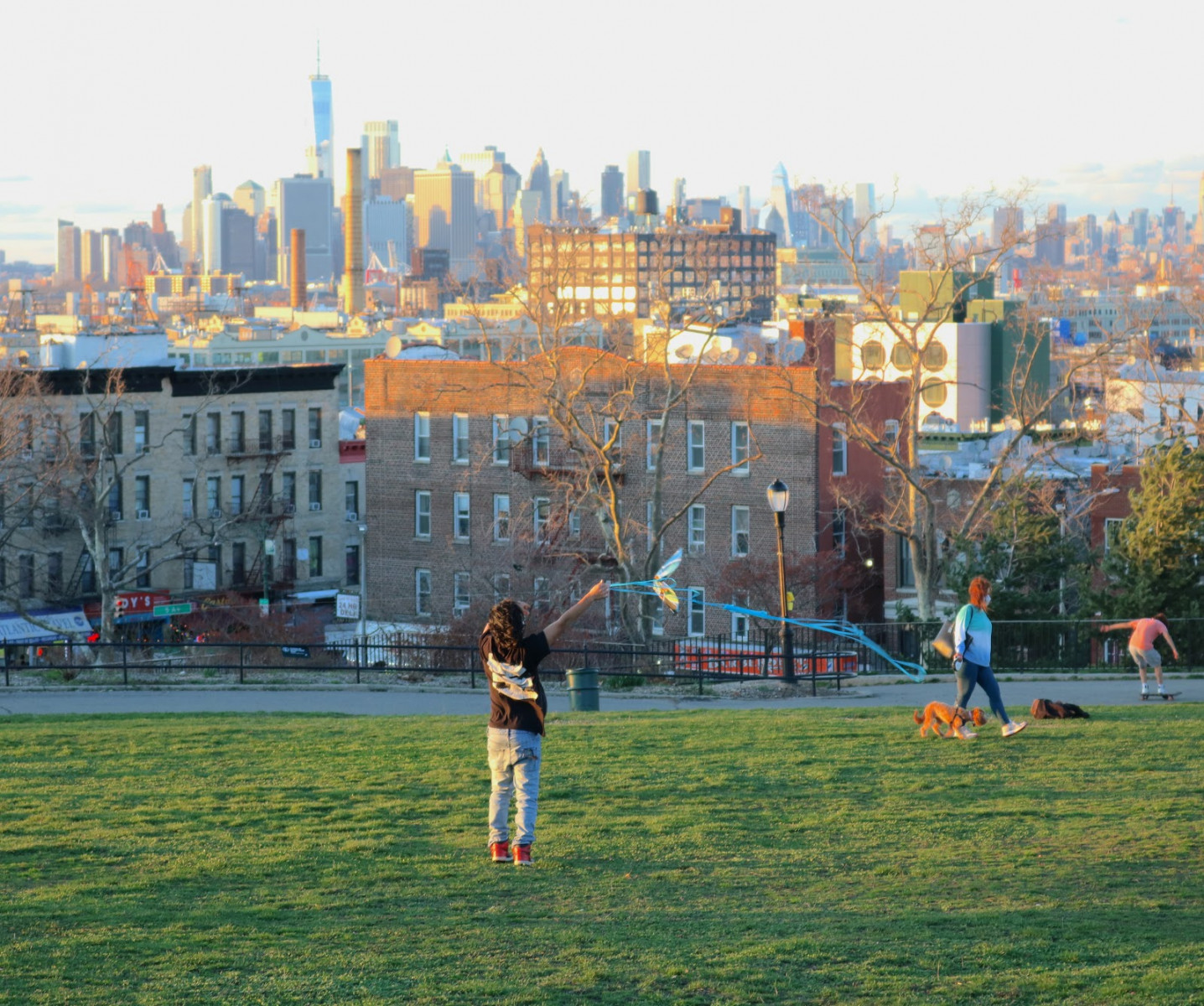
An example of this is in Dyker Beach Park. People used to convene there to play Bocce, a culturally significant Italian game. A few years later, bocce courts were built in the park, and even as the population shifts in demographics, people can be seen every weekend on the courts. Every class of people uses these spaces. Also, people who may not have much space in their homes can have another place to feel at home, as well as feel like part of a community.
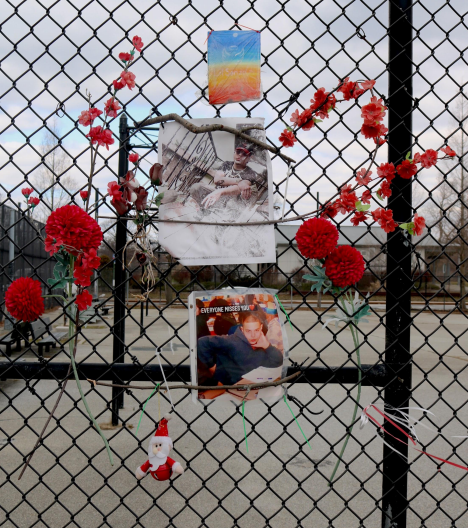
—
References:
Agyeman, J. (2013). Introducing just sustainabilities: Policy, planning, and practice. London, UK: Zed Books.













